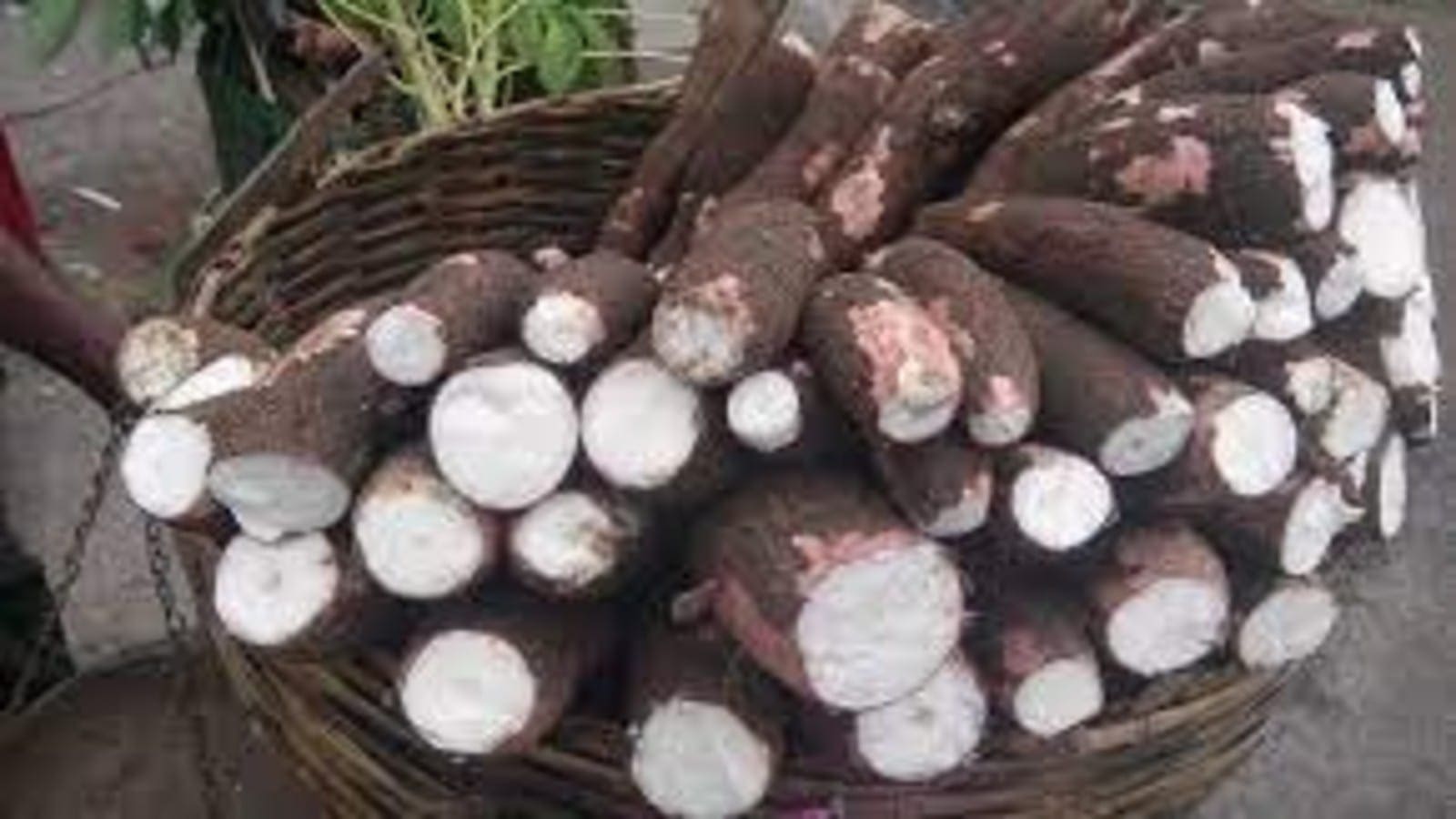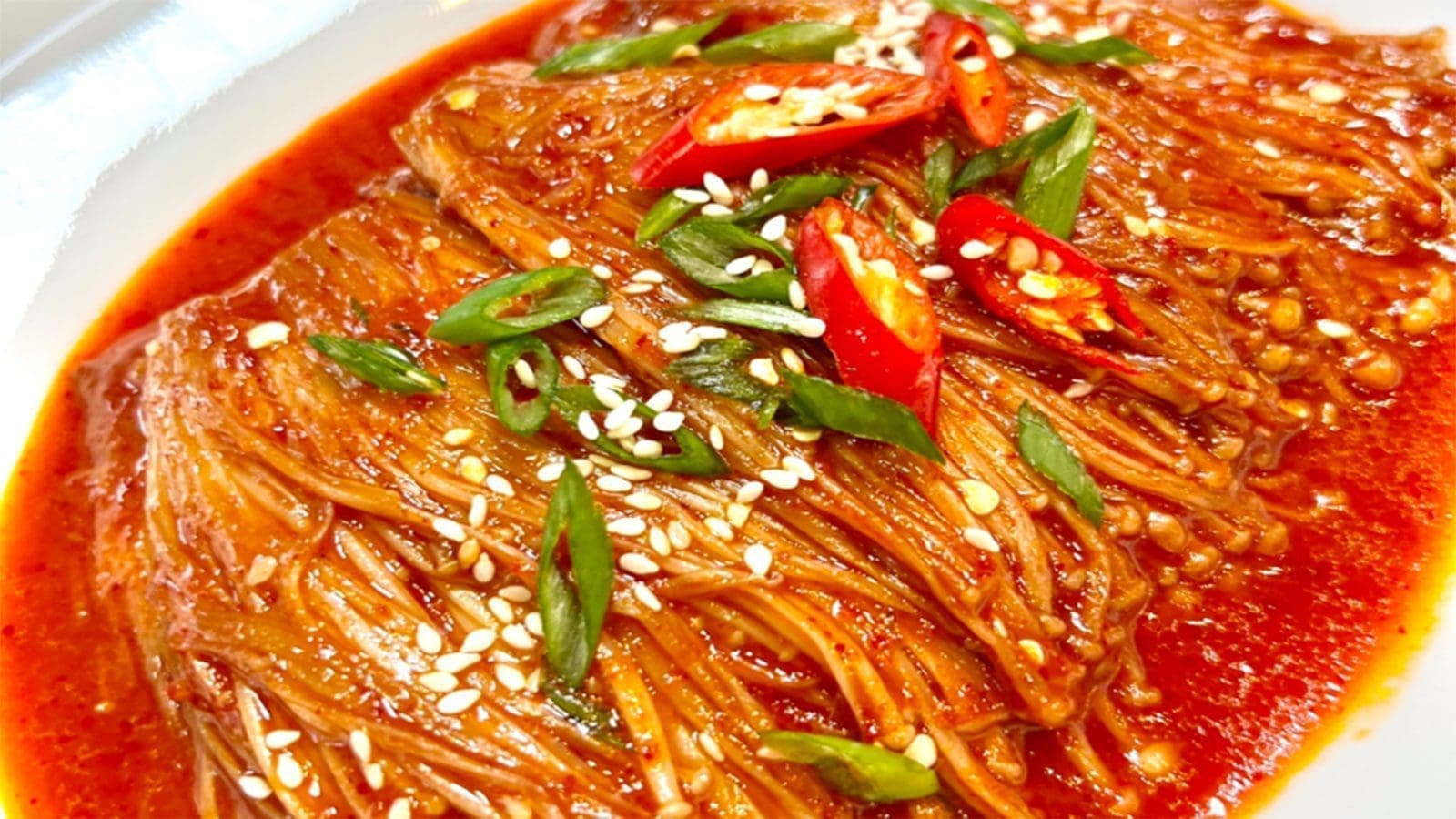KENYA – Kenya has become the first country globally to give a green light to the cultivation of genetically modified (GM) cassava, capable of resisting the destructive cassava brown streak disease (CBSD).
CBSD is a viral disease spread by whiteflies and infected cuttings, which leads to devastating losses of up to 98 percent for cassava farmers in Kenya.
Cassava is the world’s most widely grown starch storage root crop and accounts for a third of the total production of staple food crops in sub-Saharan Africa.
It now becomes Africa’s fifth biotech crop approved for open cultivation after cotton, maize, soybean and cowpea.
It was developed by the Kenya Agricultural & Livestock Research Organization (KALRO).
The Kenya National Biosafety Authority (NBA) has approved the application, following a comprehensive safety assessment that revealed cassava varieties containing event 4046 are unlikely to pose any risk to human and animal health or to the environment, when consumed as food or feed or when cultivated in open fields.
The GM cassava application was reviewed by experts on food safety, environmental safety assessment and the relevant regulatory agencies and was shown to be as safe as the conventional cassava variety.
NBA announced in a statement that analysis and expert opinions pinpoint that GM cassava is not expected to shift the farming systems currently in Kenya.
The effective management of CBSD disease will be of economic and social benefit to the Kenyan population.
In conformity with Kenya’s constitution which calls for public participation, the review process incorporated views sourced from the Kenyan public.
The anticipated surge in cassava yields as a result of the intervention will significantly contribute towards addressing food security and nutrition, as well as manufacturing, which are among the four pillars of the Kenyan government’s “Big 4 Agenda.”
“It is a very important food security crop in Kenya. In some of our counties, it is the staple crop and when our maize reserves expire, our farmers turn to cassava to fill that gap,
“In recent years, CBSD has become an epidemic, and is currently very serious in our coastal region and western Kenya. That’s why we are very concerned because in those two specific areas, cassava is a very important crop.” said Dr. Simon Gichuki, senior advisor, VIRCA Plus Project.
Gichuki notes that cassava yields in East Africa and Kenya in particular have been very low compared to those recorded in Asia and South America, a fact that he attributes to disease prevalence of CBSD and its equally lethal counterpart, Cassava Mosaic disease.
The disease causes corky necrosis, cell degeneration, in roots that renders them unfit for consumption, and has been responsible for total crop failures in parts of Africa’s Great Lakes region.
“Even plants produced from clean planting material can become infected through the transmission of the virus by B. tabaci whiteflies from infected plants in neighboring plots,
“Because the symptoms of CBSD may not be evident on the cassava leaves or stems, farmers may not be aware that their crops are infected until they harvest the roots. The lack of above-ground symptoms makes the use of disease-infected planting material more likely,” the United Nations Food and Agriculture Organization explained.
The consent by the NBA is valid for a period of five years and breaks ground for conducting National Performance Trials (NPTs), which is the conclusive stage for full environmental release and discharge to the market.
The NBA board will consider full approval after the NPTs have been finalized.








